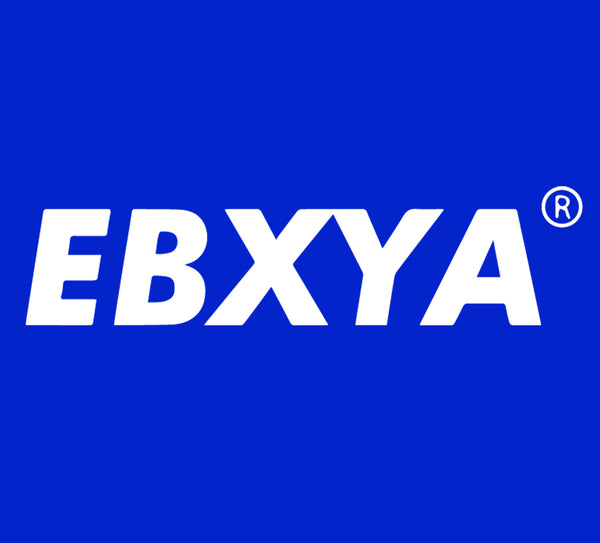The Guitar as a MIDI Controller
Share
In the ever-evolving world of music production and technology, musicians are constantly seeking innovative ways to express their creativity. One fascinating development in this realm is the transformation of a traditional instrument—the guitar—into a MIDI controller. This convergence of analog and digital opens up a world of possibilities, allowing guitarists to seamlessly integrate their favorite instrument into the digital music production landscape.
The Fusion of Analog and Digital:
MIDI, or Musical Instrument Digital Interface, has been a staple in the music industry for decades. It enables electronic musical instruments, computers, and software to communicate and synchronize with each other. The guitar's adaptation as a MIDI controller harnesses this technology, bridging the gap between the analog warmth of a guitar and the endless digital capabilities of modern music production.
How Does it Work?
The process of turning a guitar into a MIDI controller involves the use of MIDI pickups or hexaphonic pickups. These specialized pickups convert the analog signal from each string into a digital signal that can be recognized by MIDI-compatible devices. This transformation allows guitarists to control virtual instruments, synthesizers, and other digital sound sources with the familiar feel of their six-stringed companion.
Enhanced Expressiveness:
One of the key advantages of using a guitar as a MIDI controller is the enhanced expressiveness it brings to digital music production. The nuances of a guitarist's playing style—bends, slides, vibrato—are faithfully translated into the digital realm. This adds a level of realism and authenticity to the produced sounds, making it an ideal choice for musicians who want to preserve the organic feel of their playing.
Creative Freedom:
The marriage of the guitar and MIDI technology unlocks a realm of creative possibilities. Guitarists can explore a vast array of virtual instruments and effects, from classic synthesizers to experimental sounds that push the boundaries of traditional music. This newfound flexibility empowers musicians to break free from the constraints of physical instruments and explore sonic landscapes that were once unimaginable.
Live Performances and Studio Production:
The versatility of a guitar as a MIDI controller is particularly evident in both live performances and studio production. In a live setting, musicians can seamlessly switch between traditional guitar tones and electronic sounds, creating a dynamic and engaging performance. In the studio, the ability to layer digital elements onto a guitar track opens up a world of sonic experimentation, allowing for the creation of unique and captivating compositions.
The guitar's transformation into a MIDI controller represents a fascinating intersection of tradition and innovation in the music industry. As musicians continue to explore the limitless possibilities offered by this integration, the digital landscape of music production is sure to be shaped by the expressive and timeless qualities of the guitar. Embracing this technology opens up a new frontier for creative exploration, making it an exciting journey for both seasoned guitarists and aspiring producers alike.
